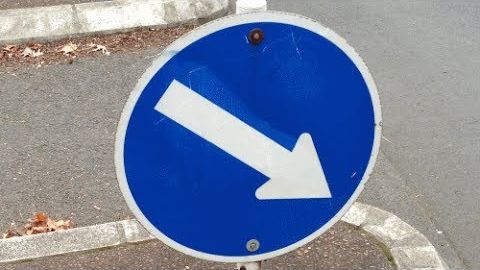
Subtitles & vocabulary
Driving test - NZ Road Code - Signs 23-44
00
Yu Hsuan Lin posted on 2015/12/07Save
Video vocabulary
come
US /kʌm/
・
UK /kʌm/
- Intransitive Verb
- To arrive at a place
- (Of mail) to be delivered
- Verb (Transitive/Intransitive)
- To move toward someone; go with someone
A1
More turn
US /tɚn/
・
UK /tɜ:n/
- Intransitive Verb
- To become (a particular age)
- To become a different quality, color, etc.
- Verb (Transitive/Intransitive)
- To change the direction of something, e.g. a car
- To move in an opposite direction or position
A1
More leave
US /liv/
・
UK /li:v/
- Verb (Transitive/Intransitive)
- To go away from; depart
- To gift property to someone after you die
- Uncountable Noun
- Permission to do something
- Vacation time; time off work
A1TOEIC
More give
US /ɡɪv/
・
UK /ɡɪv/
- Uncountable Noun
- Degree of flexibility in something, a material
- Transitive Verb
- To hand over or present something to someone
- To cause someone to have or experience something
A1
More Use Energy
Unlock All Vocabulary
Unlock pronunciation, explanations, and filters
